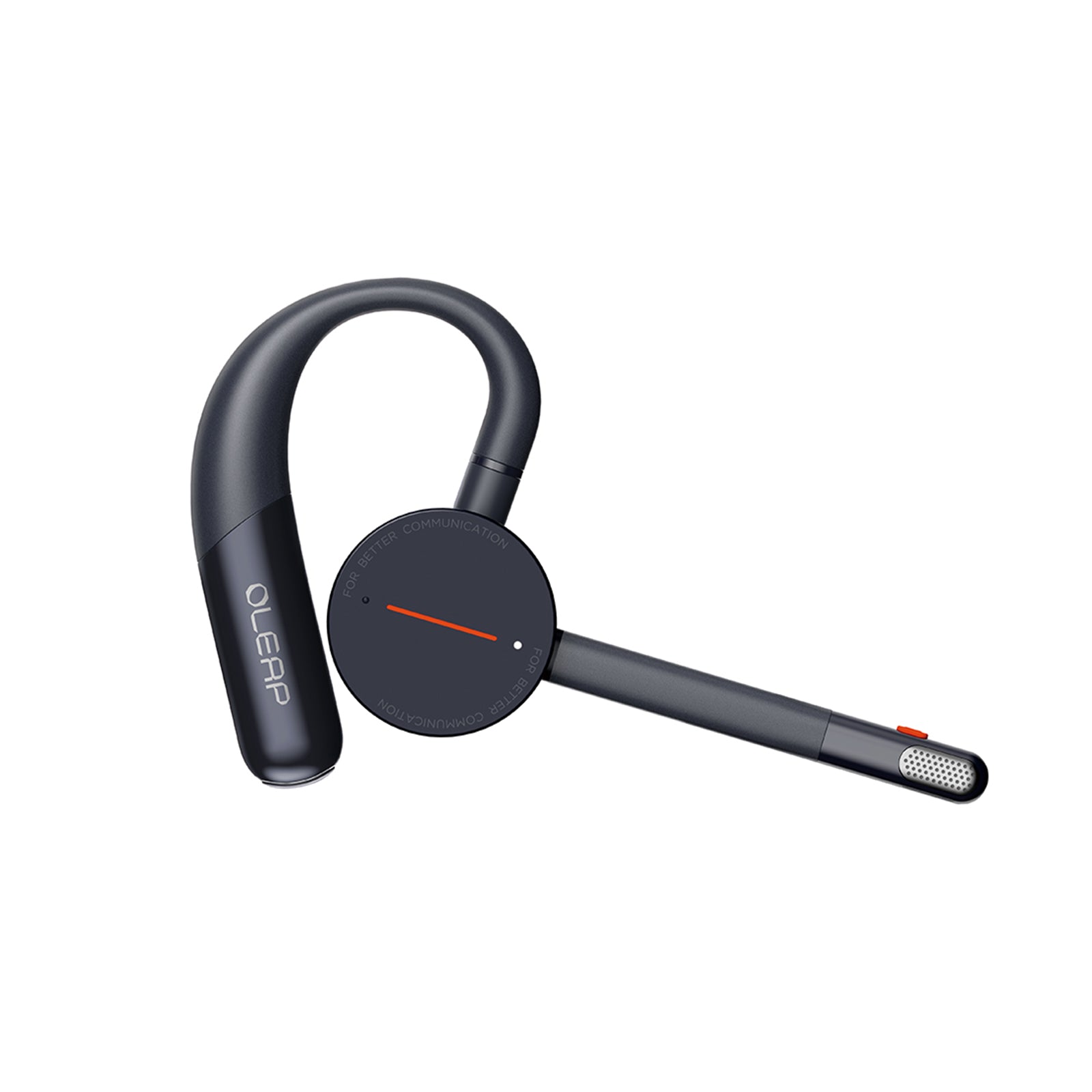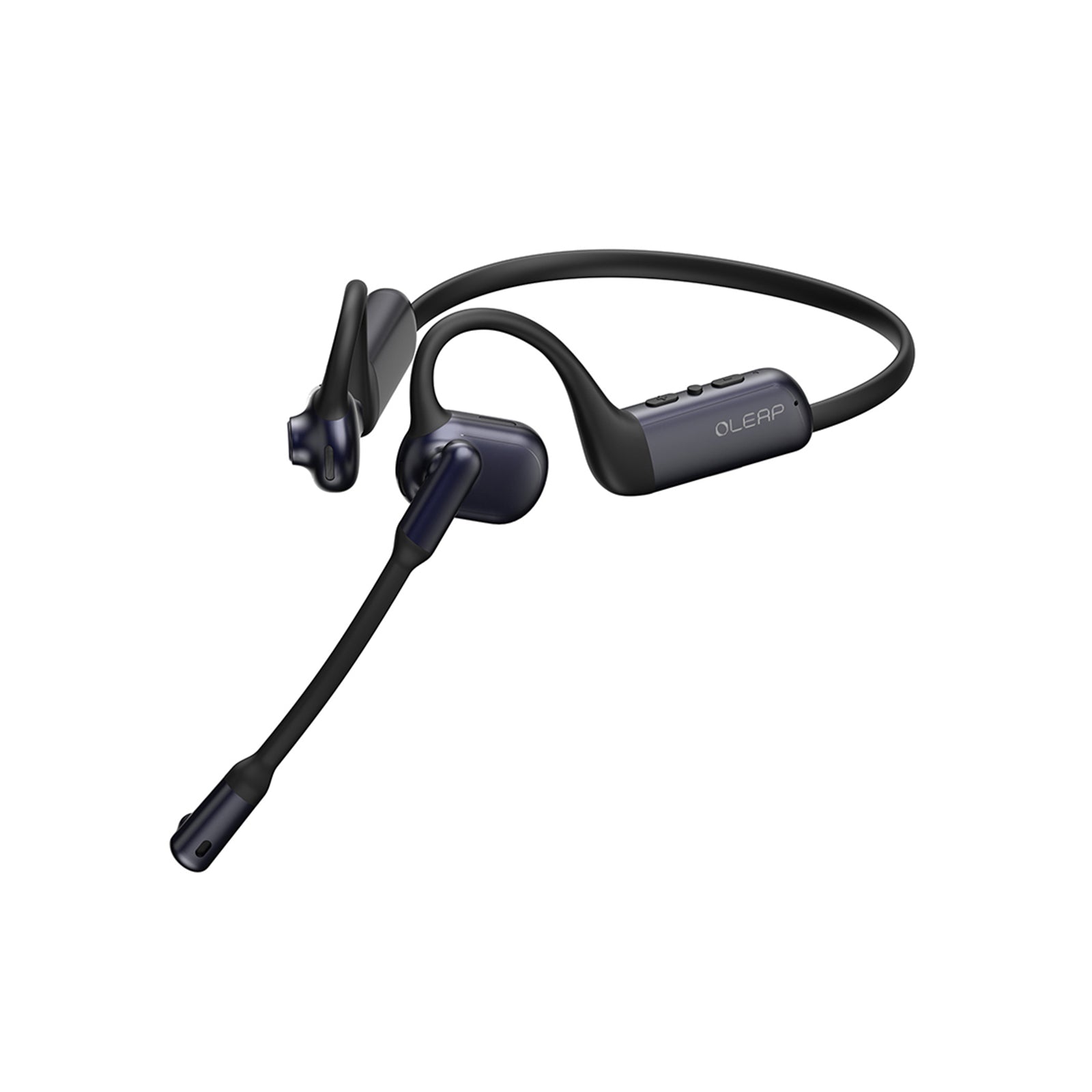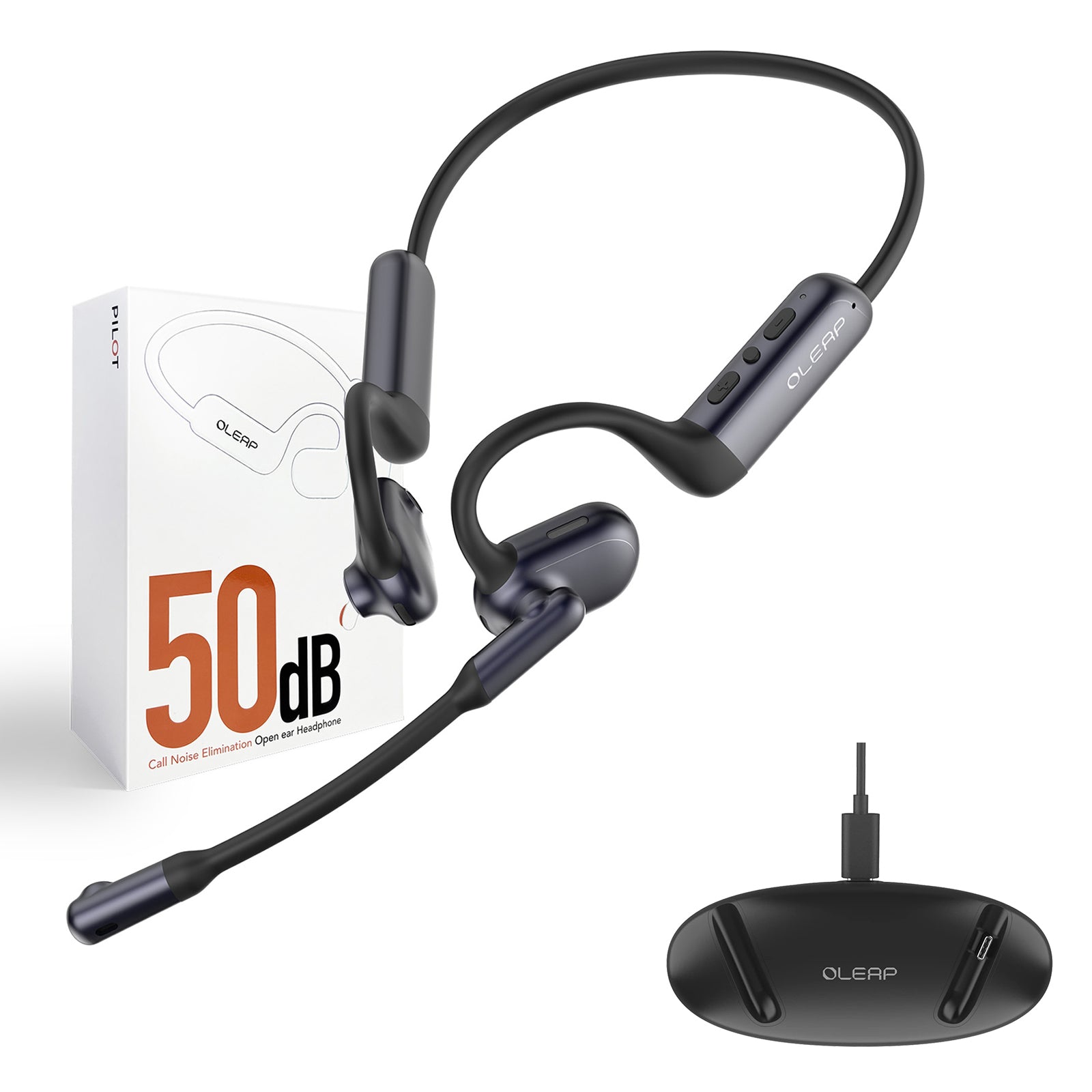In high-stakes professions such as law, consulting, finance, and compliance, communication is rarely casual. Every word exchanged during a client briefing, negotiation, audit call, or internal strategy session can influence outcomes. Yet despite rising reliance on digital communication tools and AI transcription services, one persistent bottleneck remains: the quality of the audio feeding into these systems.
Today’s AI-powered meeting assistants, documentation platforms, and note-taking tools are sophisticated, but they remain extremely sensitive to noise. For professionals who operate in environments where accuracy is non-negotiable, this gap poses real risk — especially when working remotely, meeting on the go, or collaborating with clients across different locations. This is where the Oleap Archer stands out as more than just a communication device. It becomes a precision tool designed for industries where clarity is closely tied to responsibility, credibility, and compliance.
The Hidden Vulnerability in Modern Knowledge Work: Noisy Audio
Legal and consulting professionals often deal with complex, multi-speaker scenarios: partner discussions, expert interviews, multi-party client calls, or cross-border case reviews. Financial and tax teams regularly handle sensitive information where a misheard figure or incorrectly transcribed term can create downstream errors.
Yet most real-world work environments introduce significant noise challenges.
Open-plan offices bring layers of conversation. Home offices come with family sounds, HVAC noise, or pets. Remote contributors may join from cafés or transit. Even small inconsistencies — distance from the microphone, shifting posture, or typing sounds — can degrade audio quality significantly.
AI transcription tools attempt to compensate, but when the input audio is contaminated, even the best models fail. Legal terms become distorted, client instructions lose context, and key financial details become unreliable. The result is more time spent correcting transcripts, rewriting meeting notes, and manually verifying information that should have been accurately captured in the first place.
Why Clear Voice Isolation Matters More Than Noise Reduction
Traditional noise-canceling products aim to reduce ambient sound, but they rarely distinguish between different sound sources. Human speech, non-human noises, keyboard clicks, background conversations — they all blur together. What professionals need is not just quieter audio, but audio that isolates the right voice.
Oleap Archer is engineered for exactly this: separating the speaker’s voice from everything else. Built on more than 20 years of acoustic research, Archer delivers 50 dB Environmental Noise Cancellation — a suppression level significantly higher than the 20–30 dB range of typical communication headsets. This reduction drops unwanted noise energy by up to 100,000 times, giving AI tools clean, stable voice signals that preserve every detail.
The technology behind this clarity includes multi-microphone arrays, a combination of unidirectional and omnidirectional ECM microphones for speech extraction, and deep-learning noise suppression. Together, these systems ensure that even in a chaotic audio environment, only the speaker’s voice is captured consistently and accurately.
For industries where documented conversations often become part of official records — deposition notes, compliance audits, financial summaries, client agreements — this level of clarity is not only a convenience. It is also a safeguard.
Turning AI Into a Reliable Partner for Critical Work
Once AI receives clean, isolated voice input, its capabilities improve dramatically. Transcription becomes far more accurate, even when conversations involve complex industry terminology or specialized jargon. Meeting summaries become more structured and reliable, especially during long strategy sessions or multi-hour review meetings. In cross-border discussions, clearer input strengthens multilingual recognition and reduces confusion caused by accents or overlapping speech. Multi-party calls also benefit from sharper speaker identification, and action items are extracted more consistently for client deliverables, due-diligence processes, or internal follow-ups. Instead of spending time correcting transcripts or clarifying missing details, professionals can rely on AI-generated outputs with greater confidence.
Professionals no longer need to manually correct transcripts or re-listen to recordings — a significant productivity gain for teams handling heavy documentation workloads.
Designed for the Demands of Professional Workflow
Beyond audio clarity, Archer integrates seamlessly into professional environments. Its real-time transcription support, 89-language compatibility, adaptive recording modes (Call / Personal / Media / Ambient), dual-device connectivity, and lightweight 13 g semi-in-ear comfort allow uninterrupted use across long workdays.
This is crucial for lawyers conducting full-day hearings, consultants cycling through back-to-back client calls, and financial professionals navigating audits or reporting cycles. The device serves not only as a communication tool but as a productivity engine that grounds digital workflows in accuracy and consistency.
The Future of Professional Precision Begins With Cleaner Sound
In fields where a single misheard sentence can alter meaning, affect decisions, or compromise documentation integrity, the Oleap Archer ensures that every word is captured exactly as intended. By pairing advanced voice isolation with intelligent AI-ready audio, Archer empowers legal, consulting, and financial professionals to work with confidence — even from environments far from ideal.
In an era defined by distributed teams and digital collaboration, the path to smarter, more precise work begins not with better software, but with better sound.




